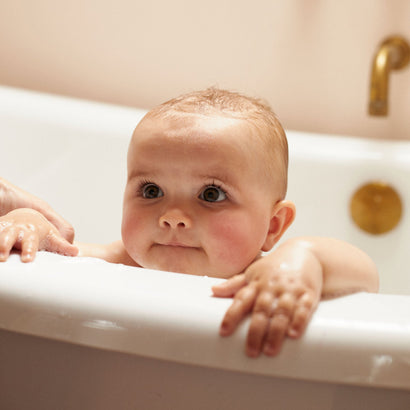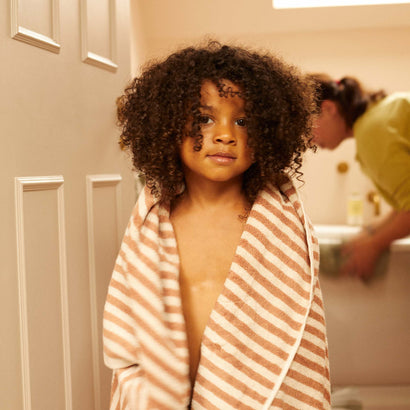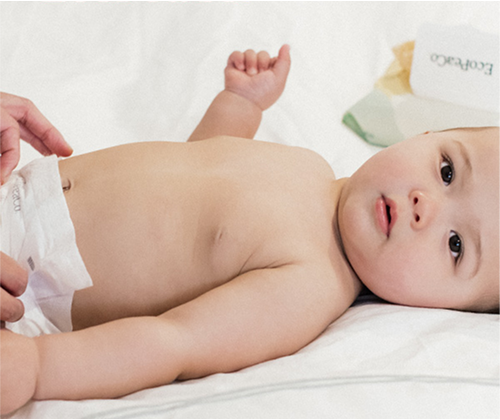One of the biggest conundrums of parenting is how and when to change baby’s diaper throughout the night. While we want to prevent a diaper rash caused by baby lying in a soiled diaper for too long, we also want to prevent baby from waking up during a nighttime change. What’s a tired parent to do? To help you out, we’ve put together a list of tips to support you in navigating this tricky process.
Limit liquids before bedtime.
To minimize the amount of wet diapers baby produces overnight, don’t give them too many liquids in the two hours before bedtime. You can help ensure this doesn’t lead to dehydration by staying on top of providing liquids earlier in the day.
Do a diaper change right before bed.
Ensuring baby goes to bed with a dry diaper can help prevent the development of a diaper rash. You can also change their diaper right before your bedtime.
Change baby during feedings.
If your baby is still waking up at night to eat, this can be a prime opportunity to change them. Even if their diaper isn’t too wet, you might as well give them a fresh one while they’re already awake.
Have a nightlight handy.
Reduce the chance of baby fully waking up during a nighttime diaper change by having a nightlight you can turn on during the change. This low light will be much less intrusive than a lamp or overhead light, but should still provide enough illumination for you to get the job done. You can help make sure this light doesn’t wake baby by plugging it in on the other side of the room.
Get the diapering supplies ready to go ahead of time.
As the crinkle of the bags that diapers and wipes come in can rouse baby, get a few diapers out before bedtime, and place wipes in a holder. In addition to minimizing the sound the diaper change produces, having everything ready to go can reduce the amount of thought you have to put into the diaper change.
Put baby in easily removable pyjamas.
Dressing baby in clothing that is tricky to remove can heighten the hassle of a nighttime diaper change. Remove this hassle by clothing baby in pyjamas that have minimal buttons, and/or a waist band that’s easy to pull down. You can also purchase a sleep sack with a two-way zipper that facilitates an easy diaper change.
Don’t worry as much about wet diapers.
When considering when baby’s diaper needs to be changed overnight, give priority to dirty (aka poopy) diapers. While a wet diaper could also lead to a diaper rash, baby’s skin being exposed to fecal matter will likely lead to skin irritation faster than exposure to urine. So if you check baby’s diaper and there’s just a bit of dampness, you’re probably okay to go a bit longer before a change.
Consider if the diapers are getting too small.
As a smaller diaper will hold less liquid, thus making a diaper leak more likely, it’s wise to move to the next size up if baby’s diapers are seeming snug. However, this is a balancing act, as a diaper that is too big won’t seal as well and can also lead to a leak. Tap into your parenting intuition to help you make this call.
Use a diaper booster pad.
If you decide to move to the next size up in diapers, but are worried about a leak, consider using diaper booster pads. These pads are absorbent inserts that extend the life of a diaper, allowing it to hold more liquid before a leak occurs.
Place a pad under baby’s fitted sheet.
To protect baby’s mattress in the case of a leak, place a waterproof, absorbent pad under their fitted sheet. This will minimize the amount of clean up after a leak, and preserve the cleanliness of the mattress.
While baby’s nighttime diapering needs might currently seem overwhelming, take heart that with a few tweaks, this process can become more seamless. In addition, remember that there will eventually come a day when you can sleep through the night without having to even think about diapers. But until that day, use these tips to make your life a little easier.








